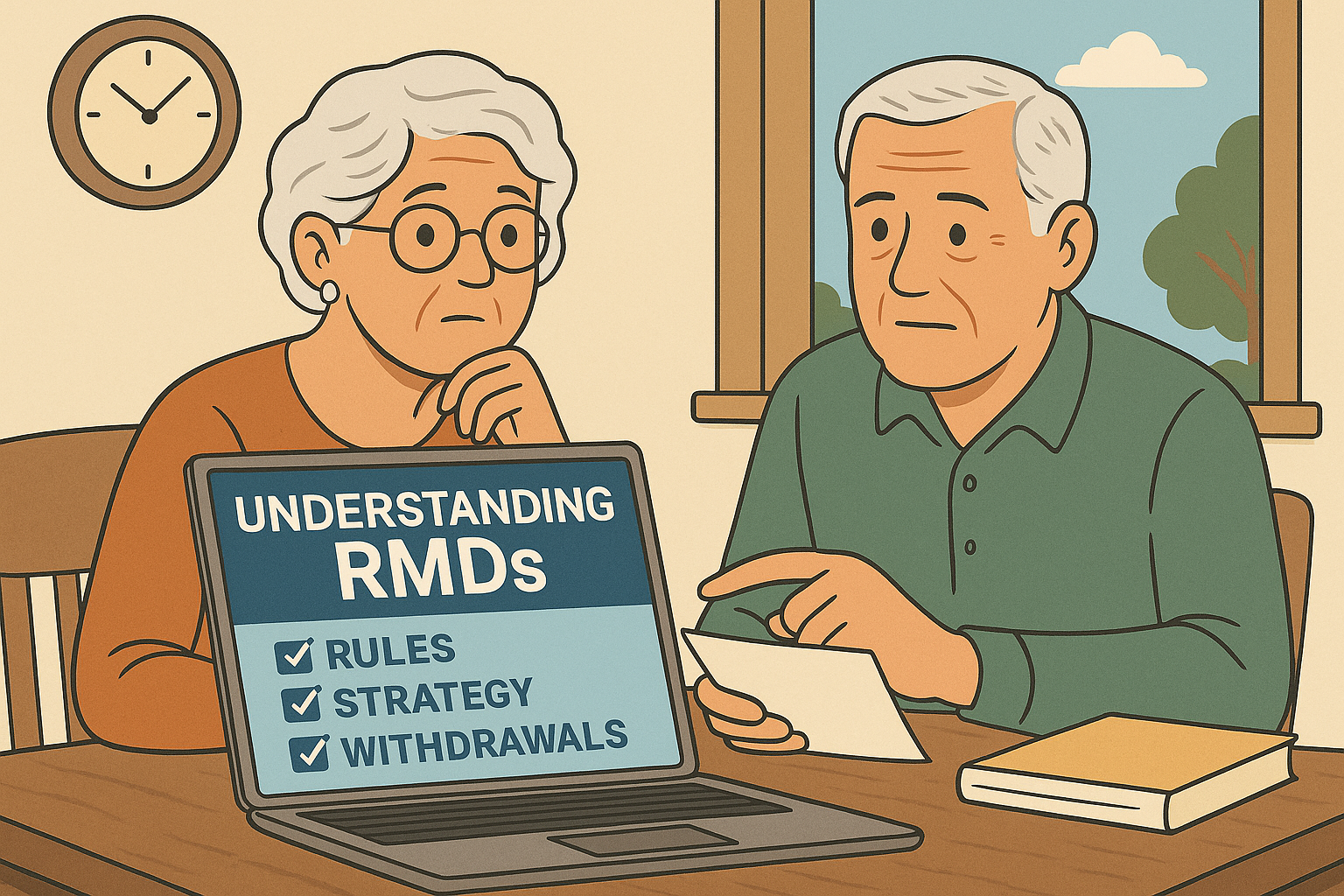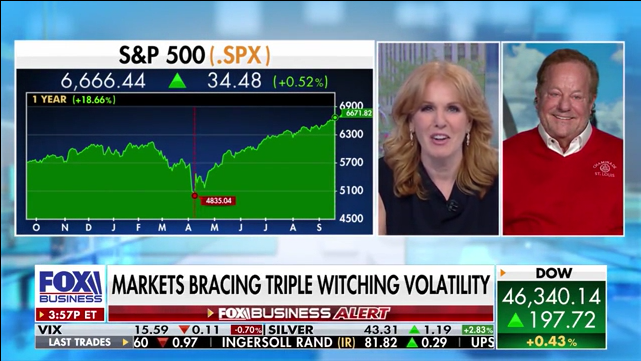Backdoor Roth IRAs
February 2, 2019
Many of you have probably heard of a Roth IRA. But for those of you who are new to the investment world, I’ll elaborate. A Roth IRA is an individual retirement account that is funded with after-tax contributions. Therefore, the contributions are not tax deductible, but they grow tax deferred; when you make a qualified distribution, there is no tax due. For 2019, you can contribute $6,000 – or $7,000 ($1,000 catch up) for those who are 50 or older.
History
Surprisingly, Roth IRAs are a relatively new investment vehicle. In 1997, Senator William Roth Jr. was concerned about the United States’ low savings rate compared with the rest of the world. The traditional IRA had been around since the 1970s, and Senator Roth believed that a more flexible version of the IRA could help younger investors. At the time, Sen. Roth was the chairman of the Senate Finance Committee and successfully lobbied to have the Roth IRA added to the Taxpayer Relief Act.
In 2000, taxpayers held $77.6 billion in Roth IRA accounts. By 2016, that number had soared to roughly $660 billion. Sadly, Roth died in 2003 and did not get to see the phenomenal growth of his idea over those 16 years.
Backdoor Roth IRAs
One of the caveats that Roth IRAs have is the income limitation, which can be adjusted yearly by the IRS.
| Filing Status: | Contributions are reduced if income is above: | Contributions are not available if income exceeds this amount: |
| Single or Head of Household | $122,000 | $137,000 |
| Married Filing Jointly (MFJ) | $193,000 | $203,000 |
| Married Filing Separately | $0 | $10,000 |
If your filing status is single and your income is over $137,000, you cannot contribute to a Roth IRA. If you are married and filing jointly with a combined income of over $203,000, you also cannot contribute to a Roth IRA. Therefore, high-income earners are limited in their ability to participate in this type of retirement savings account.
However, there is a popular way to get around this rule; it’s called a backdoor Roth IRA. This is quite a controversial topic, and some financial advisors will not facilitate this work-around. Essentially, the client has to have a Roth IRA and a traditional IRA open to complete this transaction. He or she will make a non-deductible (after tax) contribution to a traditional IRA and then convert the money to the Roth IRA.
Cautions:
- The client must have earned income. You cannot contribute to a traditional or Roth IRA without earning income.
- You must be under the age of 70.5. You cannot contribute to a traditional IRA once you reach 70.5 because your required minimum distribution will have to begin.
- The traditional IRA that the non-deductible contribution will go to should not have any pre-tax contributions already in the account. If the IRA is empty, then the conversion is much cleaner, and you don’t have to worry about your contributions commingling.
- There may still be taxes to pay. There is a pro rata rule that can come into effect. The IRS will treat your IRAs as one big IRA account and you will be taxed on the pro rata, or proportional, percentage of the total pre-tax IRA balances of all your IRA accounts. Therefore, you are forced to pay taxes on part of your pre-tax IRAs when you convert the non-deductible IRA.
- But you can avoid those taxes by keeping your IRA empty. The pro rata rule only comes into play if you have non-deductible contributions mixed in with pre-tax contributions.
As you can tell, the backdoor Roth might not be as straightforward as some may assume. Talk to your financial advisor and make sure you aren’t getting into something you don’t fully understand.
Jennifer Pagliara is an executive vice president and financial advisor at CapWealth and a proud member of the Millennial Generation. Her column speaks to her peers and anyone else that wants to get ahead financially. For more information about Jennifer, visit capwealthgroup.com . The article was published by The Tennessean on Feb. 2, 2019.















